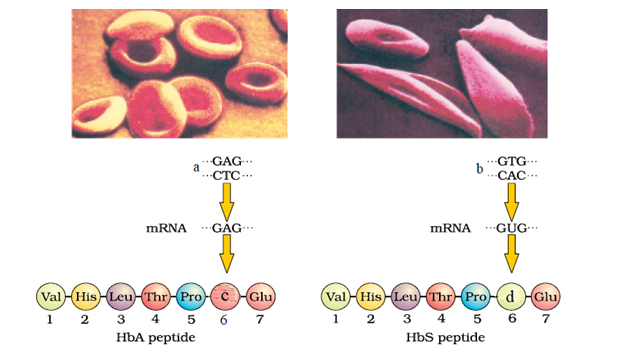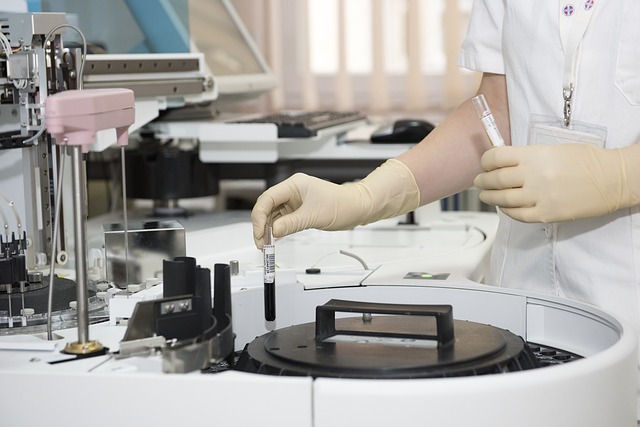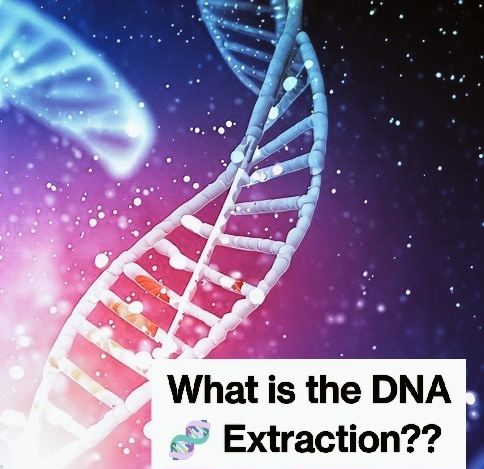DNA extraction is a fundamental process in molecular biology and forensics, aimed at isolating DNA from an organism’s cells. This routine procedure involves several key steps that are common across various methods:
- Cell Lysis: The cells are broken open to release the DNA. This can be achieved mechanically using equipment like blenders or homogenizers, or enzymatically through enzymes like proteinase K.
- Precipitation: A salt or alcohol solution is used to precipitate the DNA out of the solution. This step aids in removing proteins and other cellular debris from the mixture.
- Purification: Various methods like centrifugation, electrophoresis, or chromatography are employed to purify the DNA further, eliminating any remaining contaminants and obtaining pure DNA.
The choice of DNA extraction methods varies based on the sample type and the desired DNA purity. For instance, blood DNA extraction often uses a salt precipitation method, while plant tissue DNA extraction usually involves an enzymatic approach.
DNA isolation plays a crucial role in many molecular biology applications, such as PCR, sequencing, and cloning. Additionally, it is extensively used in forensic analysis to identify individuals through DNA samples.
Some commonly employed methods for DNA extraction include:
- Phenol-chloroform extraction: A classic method still in use due to its simplicity and effectiveness, but it can be hazardous and toxic.
- Salting out: A simple and cost-effective method, though not as efficient as phenol-chloroform extraction, making it suitable for beginners.
- Silica-gel based methods: These methods rely on DNA’s ability to bind to silica gel and are highly effective for purification, albeit more time-consuming.
Commercial DNA isolation kits are also available, offering user-friendly options, especially for beginners, but they can be relatively expensive.
Ultimately, the choice of DNA isolation method depends on factors such as the sample type, desired DNA purity, and available budget.









